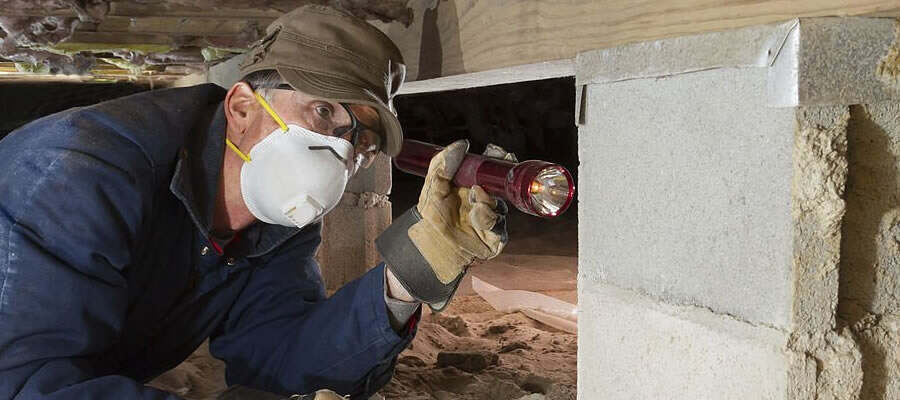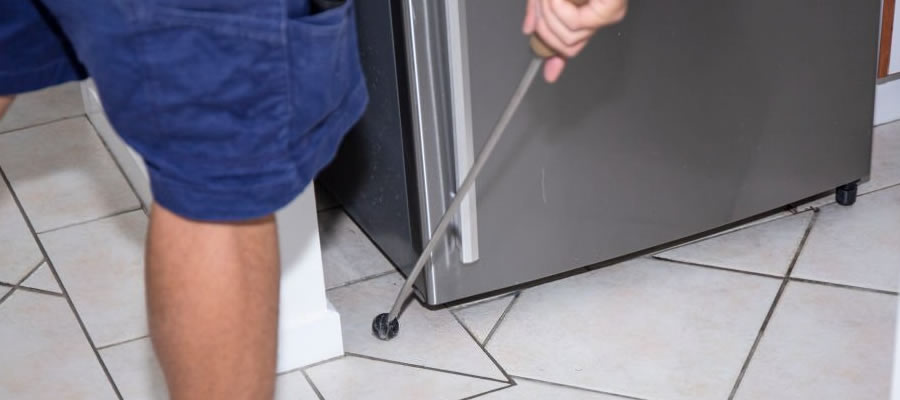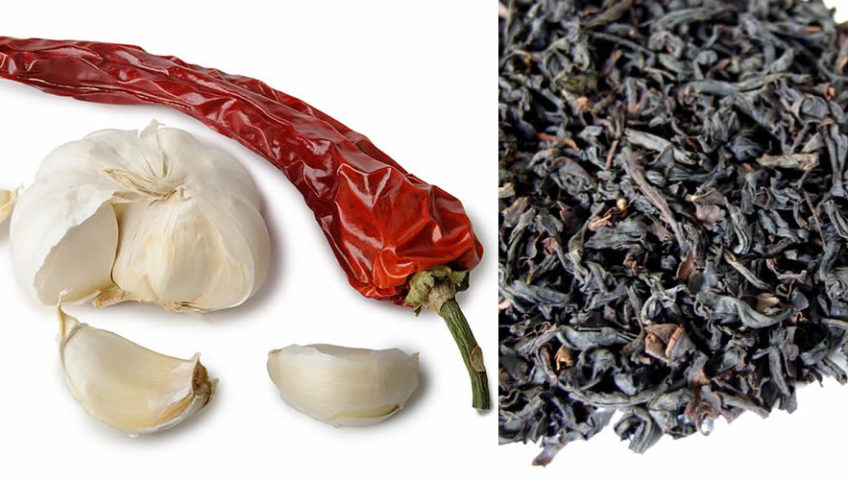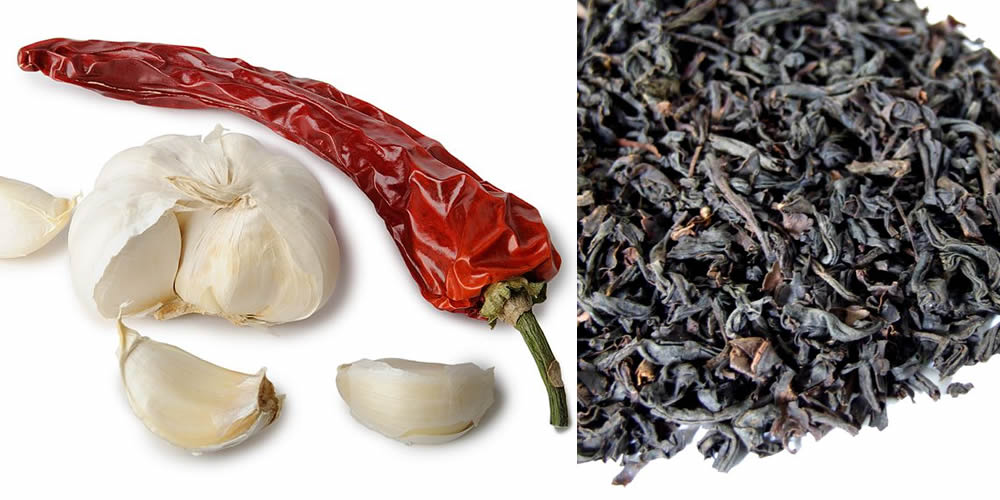How Much Does a Termite Inspection Cost?
How Much Does a Termite Inspection Cost?
Guide To Termite Inspection Pricing

Whether you are just buying a home or trying to secure an existing household, you may have this question: How much does a termite inspection cost? The answer is: Anything between $250 and $500. For the most part, the price depends on your home size, the colony size, as well as the amount of effort needed to conduct the inspection.
What Are Termites?
Termites are insects that feed mostly on dead plants. This can include anything from fallen leaves and wood chips to soil, decayed logs, and old timber. For this reason, they are referred to as some of the most destructive pests on earth, as their favourite “food” can be found in most houses. Termites prefer high humidity, and they are often called “white ants,” although they are only distantly related to the other species.
How to Prepare for a Termite Inspection
A termite inspection will require some form of preparation from the homeowner. The preparation that you do will not only influence the final cost of the termite inspection, but it will also allow the pest controller to do their job efficiently. Here is what you should do:
- Remove any items from areas such as underneath the bathroom and kitchen sinks. During the inspection, the pest controller will check for leaks and excess humidity.
- Move the home items and furniture away from the wall, both inside and outside the house. The pest controller will look for termite tunnels in the soil and your walls.
- Trim the shrubs and bushes that are right next to the exterior walls. This will offer the pest controller better access.
- Clear the opening for access underneath your home if your house was built on a raised foundation. Do the same for attic access.
- Look for signs of termite damage yourself and make notes if you see anything. This will help the pest controller know where to look exactly.
Typically, you may want to keep the home as clean and organised as possible. The fewer the items blocking the inspection points, the easier the pest controller’s job will be.
How to Prevent a Termite Infestation
Once a termite inspection confirms a termite infestation, various methods may be used to treat and prevent termites from damaging your home. These may include the following: 
1. Live Treatment
Live treatment is used when you have an active colony in your home. The chemical used will kill the existent termite colony within a couple of days. Typically, the sprayed chemical will also stay for long enough to prevent a future infestation. Mixing it with yearly termite inspections, the live treatment can help keep termites at bay.
2. Termite Barriers
Termite barriers set a perimeter around the house and prevent termites in neighbouring areas from coming into your home. Termite barriers come in different shapes: physical (pre-built around the house) and chemical (applied on the soil). No matter the type of barrier used, it should be applied after the termites have been treated. Otherwise, it will simply trap the termites inside.
3. Termite Baiting Systems
Termite baiting systems are used to monitor termite activity. These systems feature baits placed at a fair distance from the house, with non-toxic cellulose bait several times more attractive to termites than wood. Once the termites have fed, the non-toxic bait is switched with the toxic type, to kill the termites.
4. Termite Reticulation Systems
Termite reticulation systems are a mix of physical and chemical barriers. They consist of a network of pipes with small holes in them, built under or around the house. These systems will deliver chemicals that kill termites trying to pass through.

Inspection and Treatment Prices
A termite inspection is typically charged up to $500, depending mostly on the size of your home, as well as the obstacles the specialists come across when doing the inspection. The more items you have blocking the walls and inspection points, the more you will have to pay.
As far as the treatment is concerned, you can expect to pay around $2000-4000 for it. This will mostly depend on the size of your home, along with the severity of the infestation. If the termite infestation is highly widespread, then more treatment will be necessary in order to kill the colony.
How to Hire a Termite Inspector
Hiring a pest control company is easy to do, as long as you know exactly what to look for. Here are some considerations:
- The pest controller must have a license to perform the job. Visit AEPMA to find an accredited and licensed pest control company.
- They need a fair amount of experience not only with pest control but also with the specific type of pest and situation that you are dealing with
- They need to have good recommendations (consider mouth-to-mouth recommendations from friends and family)
Familiarise yourself with the law of the state that you live in. Some states may not require the pest controller to have a license, but it would be reassuring to have one, nonetheless. You should consider scheduling the inspections periodically, based on your needs (the standard is every 12 months, but sometimes, you may need to do it more often).








